The Hidden Costs of Big Data: Managing Complexity and Expense in the Cloud
The hidden costs of Big Data aren’t in the cloud;
they’re in the blind spots of its management.
Big Data is often touted as the fuel for modern business success, with the cloud providing an engine to process and analyze it at scale. But as organizations increasingly rely on cloud infrastructure, many are discovering that the convenience and scalability come with hidden costs. Mismanaged workflows, unmonitored usage, and inefficient tools can lead to ballooning expenses, making it harder to realize Big Data’s full potential.
Here, we explore the pitfalls of managing Big Data in the cloud, strategies to reduce costs, and tools to keep spending in check.
The Rising Costs of Big Data in the Cloud
Cloud platforms like AWS, Google Cloud, and Azure have revolutionized data management, offering flexibility and scalability that on-premises solutions can’t match. However, organizations often underestimate the costs of storing and processing vast amounts of data. Common issues include:
- Overprovisioning Resources: Reserving more storage or compute power than necessary.
- Data Egress Fees: Costs incurred when transferring data out of the cloud.
- Underutilized Tools: Paying for features or services that go unused.
- Inefficient Data Workflows: Poorly optimized pipelines can lead to excessive resource consumption.
Strategies for Reducing Cloud Storage and Compute Costs
To optimize spending while maintaining performance, organizations can adopt these strategies:
1. Implement Data Lifecycle Management
- Tiered Storage: Move less frequently accessed data to cheaper storage options, such as Amazon S3 Glacier or Azure Blob Cool.
- Retention Policies: Regularly delete or archive obsolete data to free up resources.
2. Optimize Data Pipelines
- Batch Processing: For non-time-sensitive tasks, batch processing is often cheaper than real-time processing.
- Compression: Use data compression techniques to reduce storage needs.
- Automation: Automate workflows to minimize human error and unnecessary processing.
3. Rightsize Resources
- Continuously analyze resource usage to ensure that compute and storage capacities match current needs.
- Leverage tools like AWS Compute Optimizer to identify underutilized instances.
4. Leverage Cost-Efficient Tools
- Use open-source or serverless tools like Apache Spark on Kubernetes or AWS Lambda for specific workloads.
- Take advantage of spot instances or preemptible VMs for non-critical tasks to reduce compute costs.
Pitfalls to Avoid in Managing Cloud-Based Data Workflows
Managing Big Data in the cloud isn’t just about optimizing costs—it’s also about avoiding costly mistakes. Here are some common pitfalls:
1. Ignoring Data Governance
- Poorly managed access controls can lead to data breaches or compliance violations.
- Ensure clear policies and roles are established for accessing and modifying data.
2. Not Monitoring Resource Usage
- Unmonitored resources can lead to “zombie” instances or storage buckets running unnoticed.
- Regularly audit cloud usage to identify waste.
3. Overlooking Data Transfer Costs
- Transferring large datasets between regions or platforms can result in substantial egress fees.
- Minimize unnecessary data movement by centralizing operations where possible.
4. Lack of Training
- Teams unfamiliar with cloud cost structures may inadvertently configure workflows inefficiently.
- Invest in training to ensure team members understand best practices for cloud resource management.
Tools for Monitoring and Managing Data Spend
The key to controlling cloud costs lies in visibility and proactive management. Here are some tools to help:
1. Native Cloud Cost Management Tools
- AWS Cost Explorer: Provides detailed insights into spending patterns and forecasts future costs.
- Google Cloud Billing Reports: Offers granular reports on cost trends and resource usage.
- Azure Cost Management: Helps track and allocate cloud expenses across teams and projects.
2. Third-Party Tools
- CloudHealth by VMware: Delivers advanced cost optimization insights and governance.
- Spot.io: Automates the use of spot instances to reduce compute costs.
- Kubecost: Monitors Kubernetes costs and provides actionable insights for optimization.
3. Open-Source Tools
- Prometheus + Grafana: Combine for custom monitoring dashboards and alerts.
- Apache Airflow: Automates workflows to ensure resources are used efficiently.
Conclusion: A Proactive Approach to Big Data in the Cloud
The promise of Big Data in the cloud is immense, but without proactive management, costs can quickly spiral out of control. By implementing smart strategies, avoiding common pitfalls, and leveraging the right tools, organizations can unlock the full potential of Big Data while keeping expenses in check.
What strategies does your organization use to manage Big Data costs in the cloud? Share your insights and experiences in the comments!

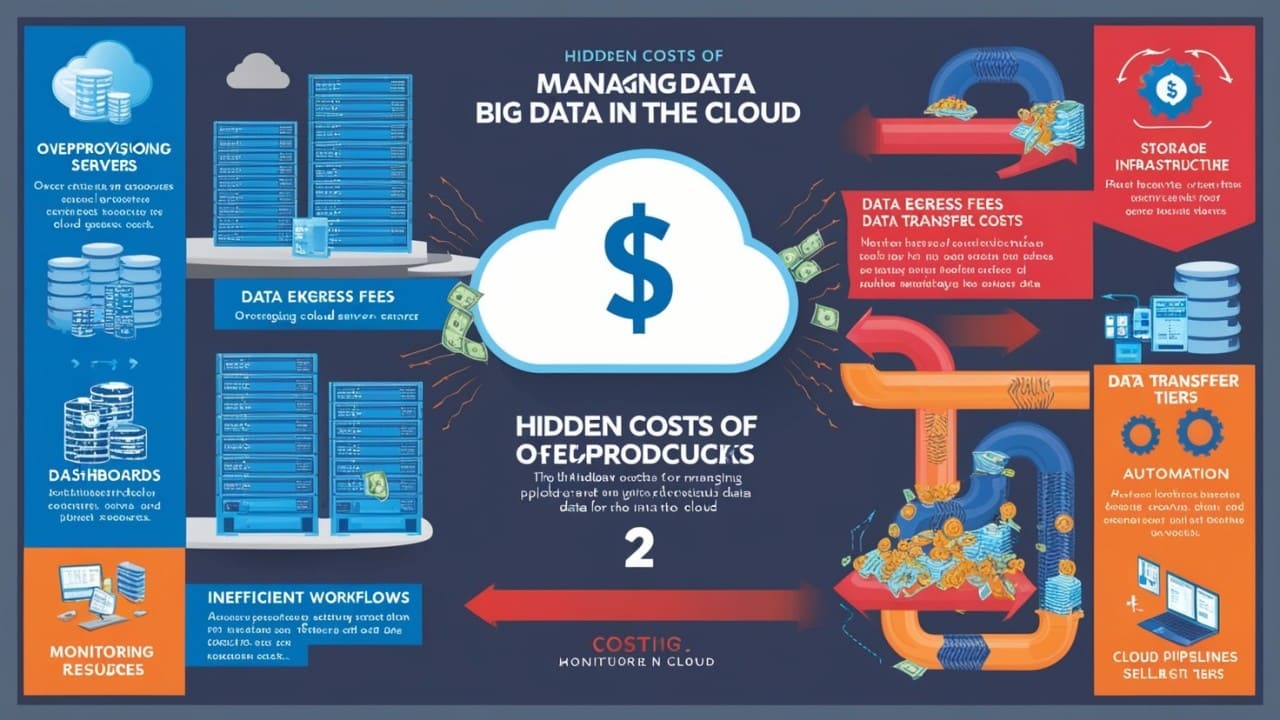


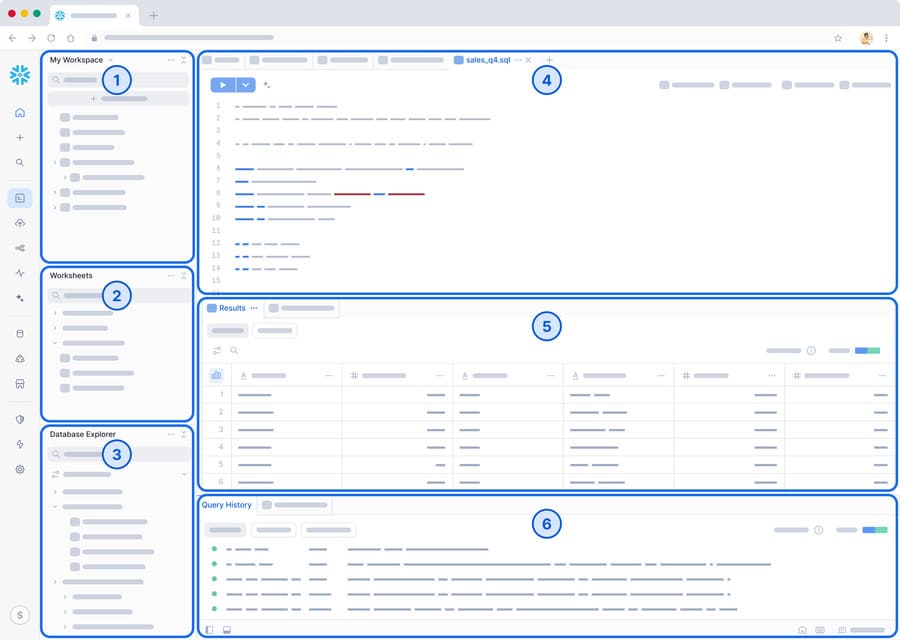

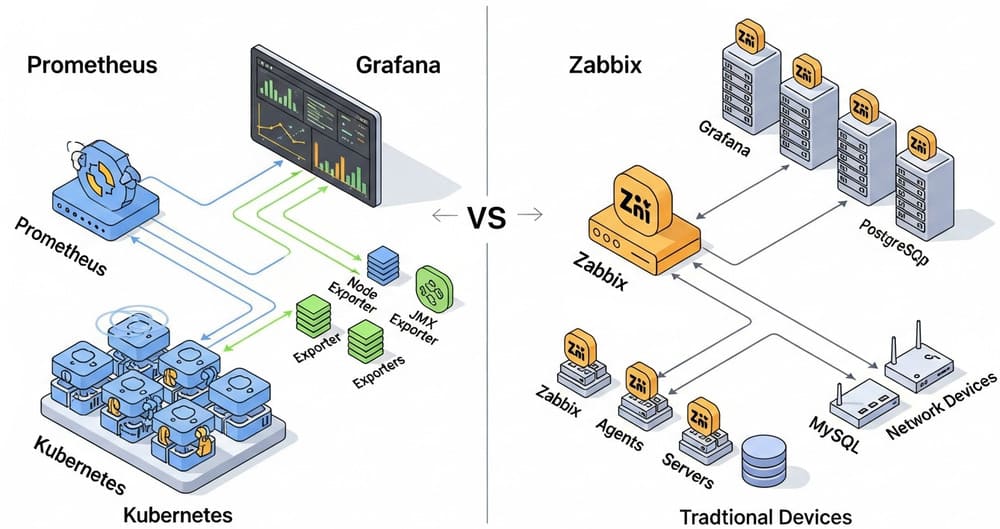
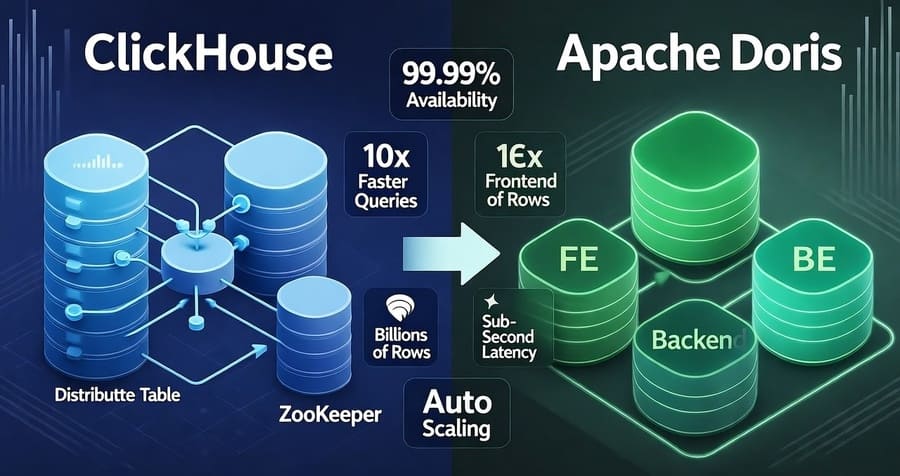
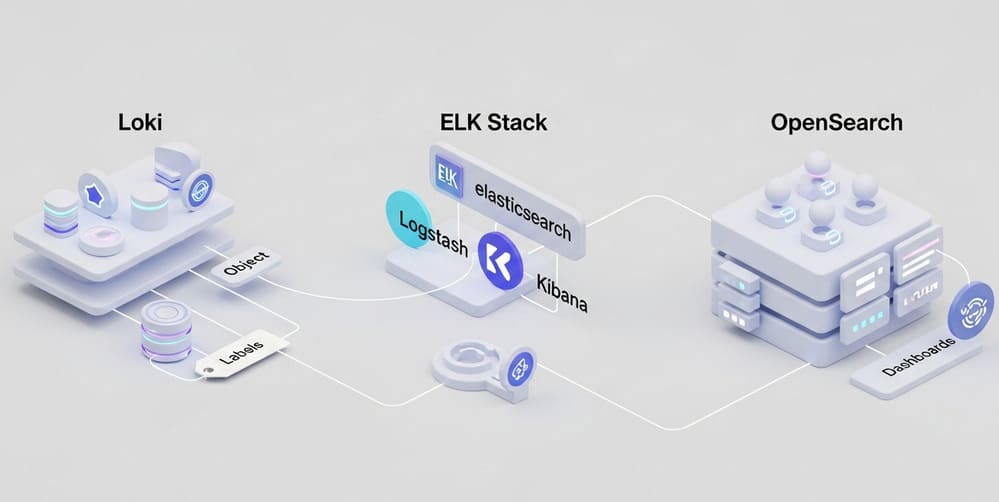
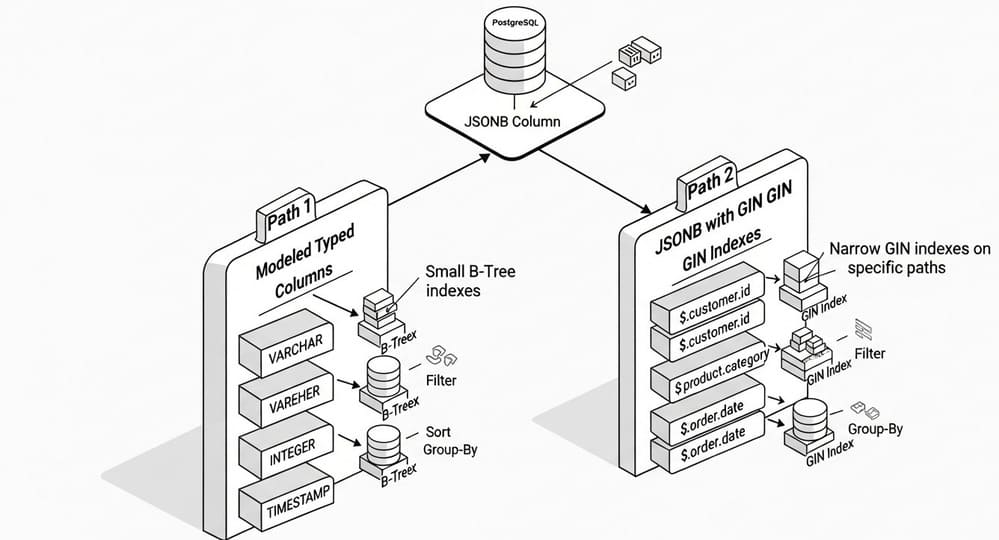
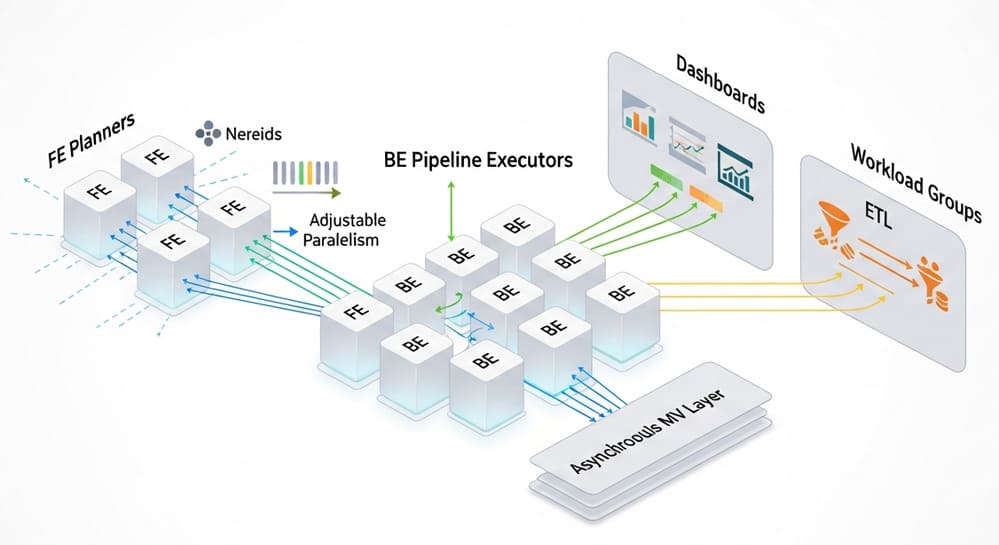



Leave a Reply